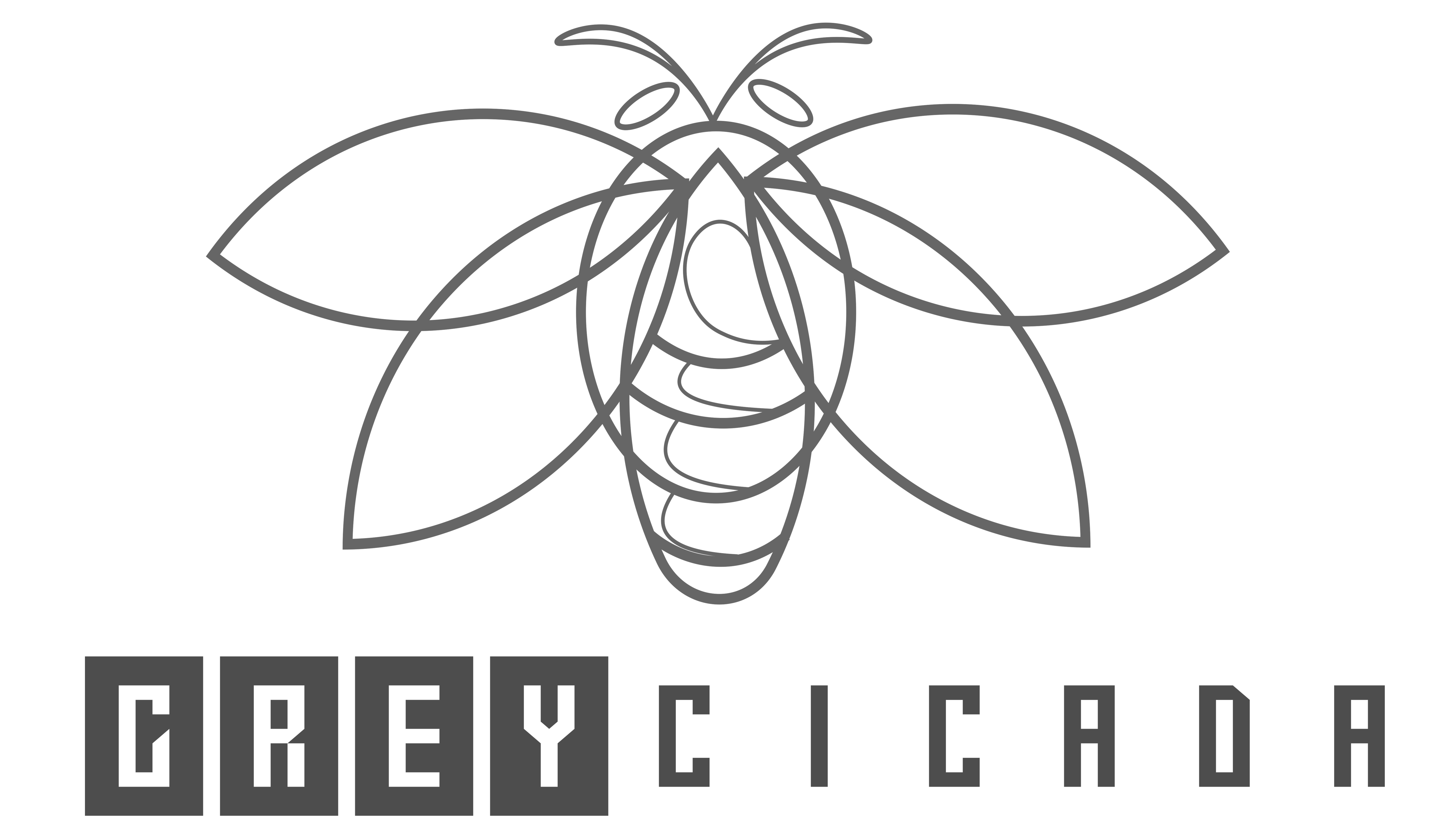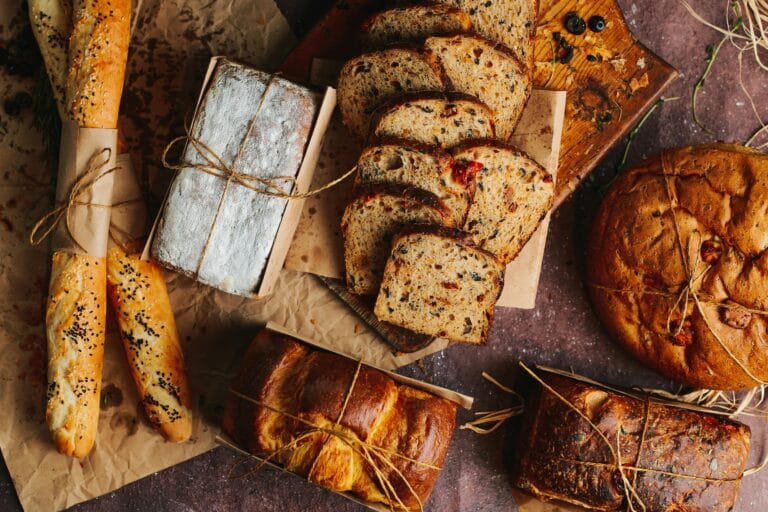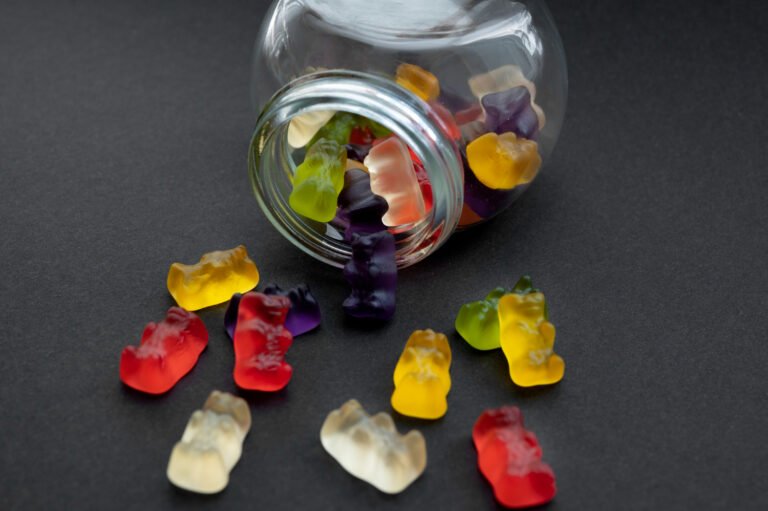FREE SHIPPING OVER $50
Weight Loss Saboteurs! 10 ‘Healthy’ Foods Secretly Blocking Your Fat Loss (Plus 10 Simple Swaps)

You’re eating “healthy,” right? You’ve swapped out processed snacks for what you think are better options. You’re trying your best to make smart choices at the grocery store. Yet, despite all your efforts, the scale just won’t budge, or worse, those stubborn pounds are sticking around like uninvited guests. Sound familiar?
It’s incredibly frustrating when your good intentions don’t translate into weight loss results. You might be diligently hitting the gym and carefully selecting your meals, only to feel like your body is secretly blocking your fat loss efforts. The truth is, sometimes the very foods we label as “healthy” can be the biggest weight loss saboteurs, packed with hidden calories, sugars, or ingredients that work against your goals.
The ‘Healthy’ Trap: Why Good Intentions Aren’t Enough
The weight loss landscape is riddled with misinformation and clever marketing. Food labels boast terms like “natural,” “organic,” “low-fat,” and “gluten-free,” leading us to believe we’re making superior choices. While these labels can sometimes indicate better options, they don’t automatically make a food ideal for fat loss.
The “healthy” trap often springs from a few common misconceptions:
- “Healthy” Doesn’t Always Mean “Low Calorie”: Avocados are incredibly healthy, but they’re also calorie-dense. Nuts are nutritious, but a handful can quickly turn into a few hundred calories if you’re not paying attention.
- Hidden Sugars and Unwanted Additives: Many products marketed as “good for you” are loaded with added sugars, artificial sweeteners, or fillers that contribute to calorie intake and can derail your metabolism.
- Lack of Satiety: Some seemingly healthy foods don’t fill you up, leaving you hungry shortly after eating and prone to overeating later.
- Portion Distortion: Even the best foods can become weight loss saboteurs if consumed in super-sized portions.
Understanding these hidden dangers is the first step toward reclaiming control over your weight loss destiny. Let’s unmask the culprits.
Weight Loss Saboteurs! 10 ‘Healthy’ Foods Secretly BLOCKING Your Fat Loss (Plus 10 Simple Swaps)
Here are the culprits that might be sabotaging your efforts, along with simple swaps to help you achieve faster results:
1. Fruit Juice (Even 100% Natural)
You might think 100% fruit juice is liquid health, but it’s fundamentally different from eating whole fruit.
- Why It Sabotages: When fruit is juiced, it loses most of its beneficial fiber. What’s left is concentrated fruit sugar. This liquid sugar hits your bloodstream rapidly, causing a blood sugar spike without the fiber to slow absorption or provide fullness. Drinking your calories rarely leads to satiety, making it easy to consume many calories quickly.
- The Smarter Swap: Whole Fruit
- Why the Swap Works: A whole apple, orange, or a handful of berries provides fiber, which slows sugar absorption, promotes fullness, and supports digestive health. You get all the vitamins and antioxidants with the natural “packaging” that your body needs to feel satisfied. This helps you manage cravings and reduce overall calorie intake for faster results.
2. Agave Nectar or Excessive Honey
Often marketed as a “natural” or “healthier” sugar alternative, these can still be problematic for weight loss.
- Why It Sabotages: While natural, both are still forms of concentrated sugar. Agave, in particular, is often very high in fructose, which can be metabolized differently by the liver and potentially contribute to fat storage if consumed in excess. Overusing honey for its perceived benefits can lead to a significant surplus of calories.
- The Smarter Swap: Minimal Added Sweetener or Natural Flavor Boosters
- Why the Swap Works: Aim to reduce your reliance on added sweeteners altogether. If you need a touch of sweetness, consider small amounts of stevia or monk fruit extract, which contain no calories. Better yet, use spices like cinnamon, nutmeg, or vanilla extract to enhance flavor without adding sugar.
3. “Healthy” Granola and Granola Bars
Often positioned as a wholesome breakfast or snack, many granolas are calorie bombs.
- Why It Sabotages: Most commercially produced granolas are loaded with added sugars (often from honey, maple syrup, or refined sugars) and fats to achieve that coveted crunch. A small serving can easily pack 400-500 calories, making it a surprisingly calorie-dense food that’s easy to overeat. Granola bars are often just thinly disguised candy bars.
- The Smarter Swap: Rolled Oats or Low-Sugar, High-Fiber Cereal
- Why the Swap Works: Plain rolled oats offer pure, unadulterated complex carbohydrates and fiber without added sugars. You control what goes into them. If you prefer cereal, choose options with minimal added sugar and at least 5 grams of fiber per serving. These provide sustained energy and satiety, blocking unnecessary calories that hinder fat loss.
4. Flavored Yogurt (Even “Low-Fat”)
You pick “low-fat” yogurt to be healthy, but the flavor often comes at a high price.
- Why It Sabotages: To compensate for the reduced fat, manufacturers often pump flavored yogurts full of added sugars. Some single servings can contain more sugar than a candy bar, leading to blood sugar spikes and subsequent crashes that fuel cravings. The lack of fat also means less satiety.
- The Smarter Swap: Plain Greek Yogurt
- Why the Swap Works: Plain Greek yogurt is a weight loss champion. It’s high in protein, which helps you feel full and satisfied for longer, reducing the likelihood of snacking. You can add your own fresh fruit, a tiny drizzle of honey, or a sprinkle of cinnamon for natural flavor, controlling the sugar content. This swap significantly boosts your protein intake for faster results.
5. Store-Bought Smoothies and Acai Bowls
These can look incredibly vibrant and wholesome, but often hide surprising calorie counts.
- Why It Sabotages: Commercial smoothies and acai bowls frequently include large amounts of fruit juice, multiple servings of fruit, generous dollops of nut butter, and sugary toppings like granola, honey, or chocolate chips. While ingredients are “natural,” the sheer quantity can easily push them past 600-800 calories, turning a healthy drink into a full meal’s worth of calories.
- The Smarter Swap: Homemade Vegetable-Heavy Smoothies
- Why the Swap Works: Blend your own smoothies! Start with a base of leafy greens (spinach, kale), add half a banana or a handful of berries for sweetness, a scoop of protein powder, and unsweetened almond milk or water. This maximizes nutrient density and fiber while drastically cutting down on calories and hidden sugars.
6. Many Protein Bars
Many protein bars are essentially candy bars masquerading as health food.
- Why It Sabotages: While they contain protein, many popular bars are also packed with added sugars, unhealthy fats, and artificial ingredients. Their calorie counts can rival a small meal, making them unsuitable for a quick snack if you’re aiming for weight loss. Check the label carefully, as sugar often appears in multiple forms.
- The Smarter Swap: Whole Food Protein Snacks
- Why the Swap Works: Opt for whole food sources of protein like hard-boiled eggs, a handful of almonds or walnuts, a slice of turkey, or a small serving of cottage cheese. These provide sustained energy, satiety, and essential nutrients without the hidden sugars and processed ingredients found in many bars.
7. The Saboteur Food: Dried Fruit
Often hailed as a healthy snack, dried fruit is incredibly easy to overeat.
- Why It Sabotages: Drying fruit removes the water, concentrating the sugars and calories into a much smaller, denser package. A small box of raisins might contain the sugar of several cups of grapes. It’s less filling than fresh fruit, making it easy to consume hundreds of calories without feeling satisfied, directly blocking your weight loss.
- The Smarter Swap: Fresh Fruit
- Why the Swap Works: Fresh fruit provides all the nutrients, antioxidants, and most importantly, the water and fiber that dried fruit lacks. The volume and chewiness of fresh fruit contribute significantly to satiety, helping you feel full on fewer calories. This simple swap can make a big difference for faster results.
8. Many Gluten-Free Products
If you don’t have celiac disease or a gluten sensitivity, “gluten-free” often means “less healthy” for weight loss.
- Why It Sabotages: To make gluten-free products palatable, manufacturers often replace gluten with refined starches (like potato starch, tapioca starch, corn starch) and add extra sugars and fats. This can make many gluten-free breads, crackers, and baked goods higher in calories, lower in fiber, and quicker to spike blood sugar than their gluten-containing counterparts.
- The Smarter Swap: Naturally Gluten-Free Whole Foods or Whole Grains (if tolerated)
- Why the Swap Works: Focus on foods that are naturally gluten-free like fruits, vegetables, lean proteins, nuts, seeds, and legumes. If you tolerate gluten, opt for fiber-rich whole grains like quinoa, brown rice, or oats. These options provide superior nutrition, more fiber, and better satiety without the hidden pitfalls.
9. Creamy or Fat-Free Bottled Salad Dressings
Your healthy salad can quickly become a weight loss saboteur if you drench it in the wrong dressing.
- Why It Sabotages: Creamy dressings are often packed with unhealthy fats, hidden sugars, and high-fructose corn syrup. Fat-free versions, to compensate for flavor, often load up on even more sugar. A single serving can add hundreds of empty calories to your otherwise healthy meal.
- The Smarter Swap: Vinegar & Oil (Measured) or Simple Lemon & Herbs
- Why the Swap Works: A simple vinaigrette made with a measured tablespoon of extra virgin olive oil and balsamic or apple cider vinegar gives you healthy fats without excess calories. Lemon juice, fresh herbs, and spices can provide incredible flavor with virtually no calories. This swap significantly reduces unnecessary calories.
10. Excessive Nut Butters (Even Natural Ones)
Nut butters are nutritious, but their calorie density makes them easy weight loss saboteurs through over-portioning.
- Why It Sabotages: While peanut butter, almond butter, and other nut butters offer healthy fats and protein, they are extremely calorie-dense. Just two tablespoons can pack around 200 calories. It’s incredibly easy to go over that, adding hundreds of unnoticed calories to your intake.
- The Smarter Swap: Measured Whole Nuts or Thinned Hummus/PB2
- Why the Swap Works: Measure out a precise portion of whole nuts for a satisfying crunch and controlled calories. Alternatively, consider PB2 (powdered peanut butter, which is significantly lower in calories and fat) or use hummus as a savory spread on sandwiches and veggies. These alternatives offer flavor and satiety with a much lower calorie impact.
Reclaim Your Weight Loss Journey
It’s time to stop letting these weight loss saboteurs secretly block your fat loss! By recognizing these common “healthy” food traps and implementing simple swaps, you empower yourself to make truly informed choices that align with your weight loss goals. You’re not just eating healthier; you’re eating smarter, ensuring every bite moves you closer to faster results and a healthier, more confident you. Become the master of your plate, and watch the pounds start to melt away!
Related Articles
- Deflate Your Belly Fast: 10 Science-Backed Superfoods That Shrink Bloat & Get You Flat!
- Women Over 50 Are Obsessed: The “Big Mac Salad” Secret That Melts Belly Fat Fast!
- No More Beer Gut: The Science-Backed Plan for Men to Melt Stubborn Belly Fat & Get Lean!
- Ozempic-Level Weight Loss: 8 FREE Diet Hacks That CRUSH Cravings & Keep You Full (Doctor-Approved!)
- Rise & Shred: Your 30-Minute Morning Bodyweight Workout to Torch Calories (Before the Heat Hits!)







